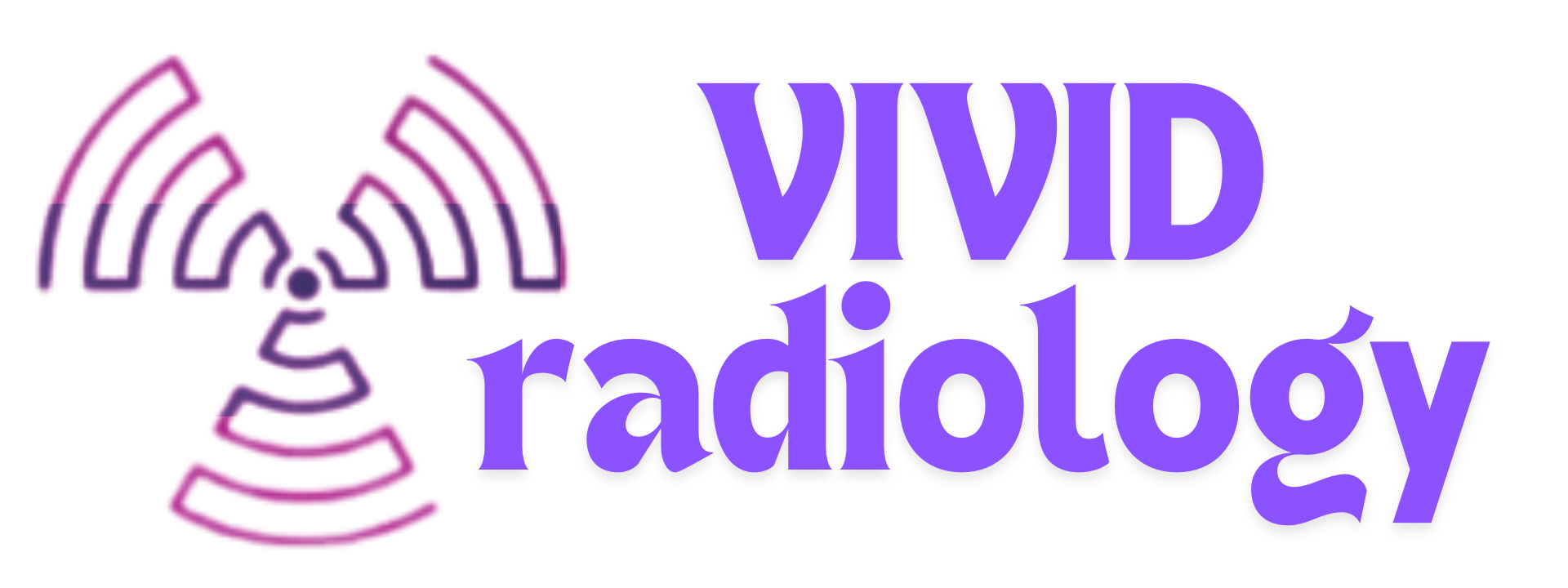CT Scan
Computed Tomography (CT) scan is a medical imaging procedure
The CT is chiefly used to present clear images of internal organs, soft tissues and bone to aid in the diagnosis of a myriad of medical conditions.
Through cross-sectioning of images, the CT computer can generate an image of every type of body structure at once.
However, it can also be done on a specific organ or tissue (e.g. brain, kidney, liver, etc.), depending on what your doctor is looking for.
Why use CT scans?
A CT scan is a useful tool in a diverse variety of medical scenarios.
Some of the most common reasons your doctor may request a CT scan include:
Diagnosis of disease (e.g. cancer or vascular disease)
Diagnosis of trauma or injury
Aid in planning surgery
Aid in planning radiotherapy
Visual aid for certain interventional procedures (e.g. biopsy or needle aspiration)
Measurement of bone strength
Alternative to certain exploratory surgeries.
Types of CT Scans
CT scans are used to diagnose disease and injury, as well as to monitor the progress of a particular course of treatment, such as medication use.
They also have great diagnostic capabilities – particularly in the head, lungs, cardiac, abdominal and pelvic regions as follows:
Head: To detect tumors, infarction, hemorrhage
Lungs: To detect acute and chronic changes in the internal structure of the lung. A CT is preferable in this case, as two-dimensional x-rays often fail to show defects inside the lung.
Cardiac: The CT is a great advent in the diagnosis of cardiac conditions, as its high resolution and high speed
Abdominal and Pelvic: As a sensitive form of testing, the CT is used to determine different stages of cancer, as well as investigating acute abdominal pain.
Advantages
CT scans have clear advantages over traditional two-dimensional radiography:
1. CT eliminates the superimposition of structures outside of the area of interest.
2. Subtle changes in internal structures are easily spotted. The scan’s high-contrast resolution ensures that tissues differing in physical density by less than one percent can be easily distinguished.
These improvements are among many which advantages which make diagnosis and treatment of acute and chronic conditions easier.
What can I expect?
A CT scan is a simple, non-invasive procedure.
This is how the process typically unfolds:
Prior to examination, you may be asked to drink special contrast fluid which helps enhance stomach, intestine and bowel images.
You will lie on examination table and remain still.
You may receive an intravenous dye injection to produce better image quality.
The examination table slides into a circular hole in the machine while various images are captured.
The gantry moves in a circle around you as x-ray images are taken. Each revolution takes less than a second.
During the revolutions, you may be asked to hold your breath.
Depending on the medical examination, the CT scan may last anywhere from several minutes to over half an hour.
IMPORTANT: When booking for a CT examination, please advise the receptionist if you have had a previous allergic reaction to x-ray contrast (dye).
Request a Service Online
Helensvale
1/13 Sir John Overall Drive
Helensvale QLD 4212
Browns Plains
1/109, Grand Plaza Drive
Browns Plains QLD 4118
Mt Tamborine
5/21-23 Southport Avenue
Tamborine Mountain QLD 4271
